Spotlight on Alan Spearman
Feb 24, 2012
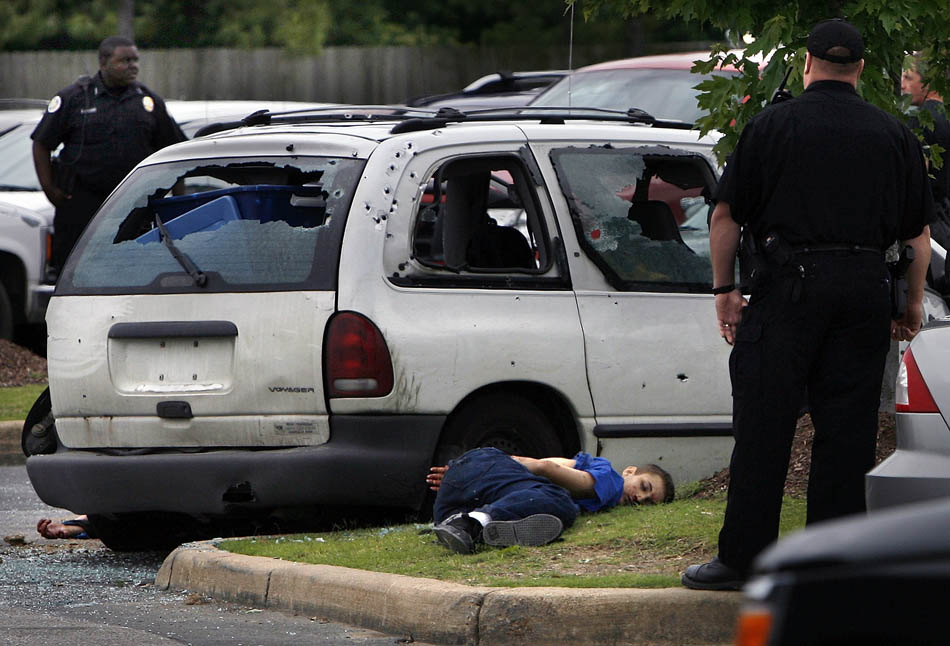
TID:
Thank you for taking the time to discuss this compelling image. Please explain to those who are not familiar with the story what happened leading up to it.
ALAN:
Thanks for including me in the discussion. It was an unexpected day that's for sure. A father and son, the Kanes, were traveling the country giving anti-authority seminars. They considered themselves to be sovereign citizens. Jerry Kane held seminars on the belief that corporations had taken over the government and replaced constitutional law with commercial law. But by filing the correct paperwork, he thought, people could opt out of what he saw as commercial contracts disguised as laws. For example, he believed he could drive a car without a license; that he could simply decline to do business with any law enforcement agency that tried to charge him with a crime or give him a citation.
They got pulled over in West Memphis, Arkansas. The father did not want to give a proper driver’s license to the police and something just snapped in his son. They traveled with several guns including an AK47 and Joe Kane, who was 16 years-old, got out and shot the officers. He killed both on the spot.
The Kanes left the scene, then a few hours later a massive shootout took place in a Wal-Mart parking lot where two more officers were wounded by Jerry and Joe Kane. At this point law enforcement from all over descended on the scene and numerous cops exchanged fire with the Kanes. Finally, a wildlife officer rammed his truck into the Kane’s van while he simultaneously fired rounds into the Kanes. Shortly after this I arrived on the scene.
TID:
A lot of your work involves longer-term projects such as the global impact of Memphis, the Mississippi River and Memphis Music, plus you have proven yourself as a talented filmmaker with “Nobody” and “$5 Cover Amplified.” When breaking news is unfolding, do you feel more or less in your element as a photojournalist?
ALAN:
I started out more as a sports photographer so I have covered a lot of things that happen fast. I feel at home in those situations. A lot of people become specialized in fashion, food or sports. But when people become photojournalists they specialize in a lot of different things, so I was as comfortable in that situation as in any other.
TID:
At 11:50 am, the broadcast went out advising officers were down. Describe how you were dispatched, where you were and what the atmosphere was like when you got there.
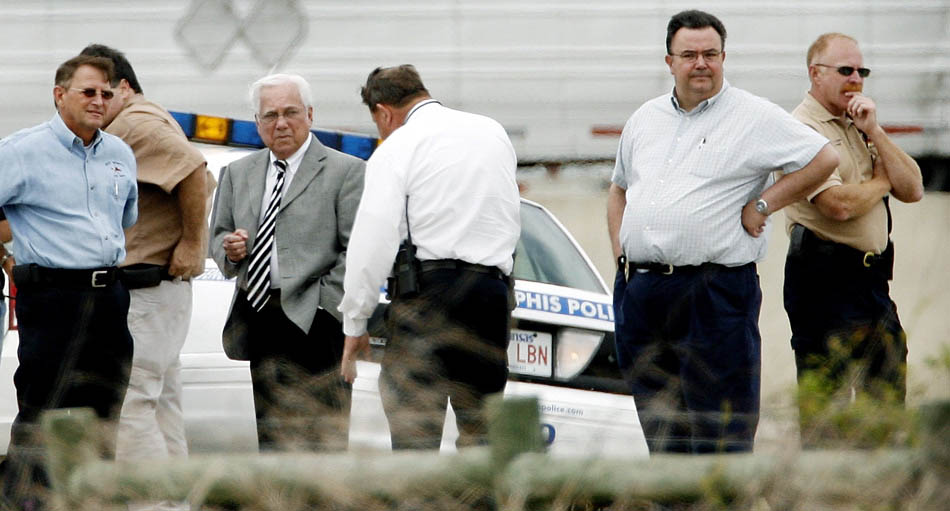
ALAN:
Mike Brown and I do these Hotel Memphis music videos. We were editing one and our photo editor said, “Hey, get to West Memphis. Some cops have been shot.” They dispatched three of us, I think. The suspects had escaped and so police locked down the interstates.
I was able to get through but Jim Weber and Michael McMullen were kind of stuck. I got to the scene. It was typical: you get there and find the cars involved. I was in a field with a 400mm lens taking pictures of a car with the widows blown out. We didn’t know what the suspects were driving or anything. I was hanging around with the TV guys and they were shooting the same static scene I was shooting.
There were dozens of cop cars at the shooting scene. All of a sudden I heard tires squealing and saw cops taking off quickly. I ran back to my car and followed one of them. I tried following them as fast as they were going. There was definitely something going down. They were racing towards Wal-Mart (about a mile and a half east on the I-40 frontage road). I got there and saw a barricade at the parking lot. There was a field to the right of the access road and a police officer was dealing with the TV people to make sure they stayed put. I was hoping there might be another way to go through the scene. (If I had stayed put I wouldn't have gotten picture.) I decided to walk through a the field separating the road where the cops had blocked traffic and where trees were screening me. I ducked through cars and saw guys with guns. Everyone was very much on edge.
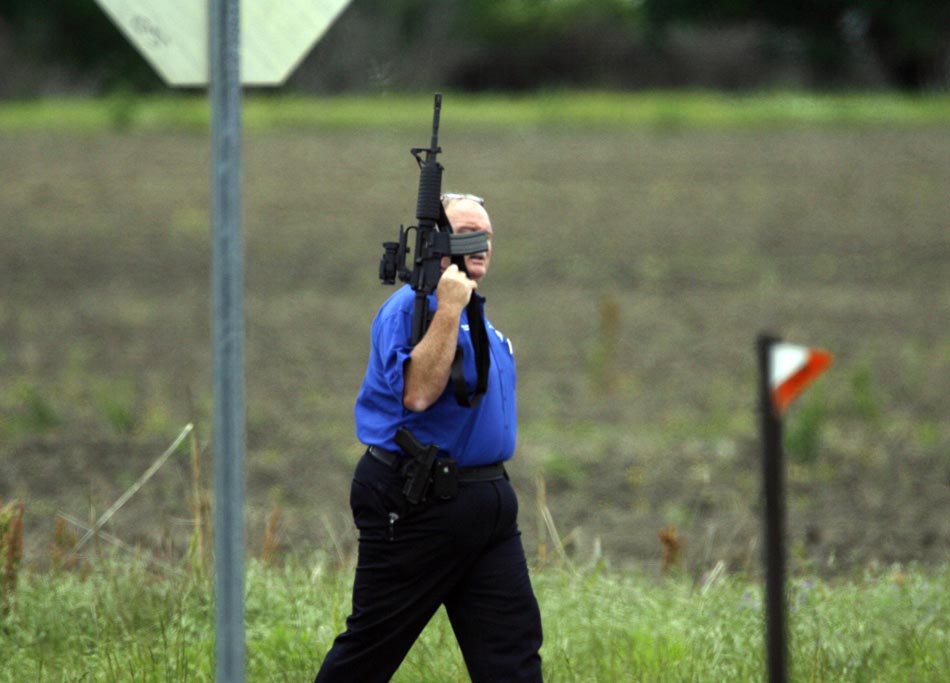
I don’t recall hearing shots. I didn’t know what I was looking for. I got a call from John Sale, my boss, saying “you need to look for a white van. They are in a white van.” I was walking through the parking lot, and sure enough, I walk through a row of cars and when I get to the end of them, there is the white van with two dead people, as well as some very angry cops. I had an 80 to 200 zoom and quickly popped off some frames. An officer came to get me out of there. At that point, I pulled the flashcard out of my camera and put it in my shoe. I put a new disk in my camera so if I was questioned I could show I did not have any images.
Sometimes that happens. He wanted me to get the hell out of there and stay in another part of the parking lot to be questioned by another cop. Then another photographer, Jim Weber, made it there and I gave him the card. The cops made me wait then they let me go.
TID:
Please tell us more what was going on in your mind.
ALAN:
I just try to quickly scan the environment, find the picture and try to get in and get out. It’s a bit like tunnel vision I suppose.
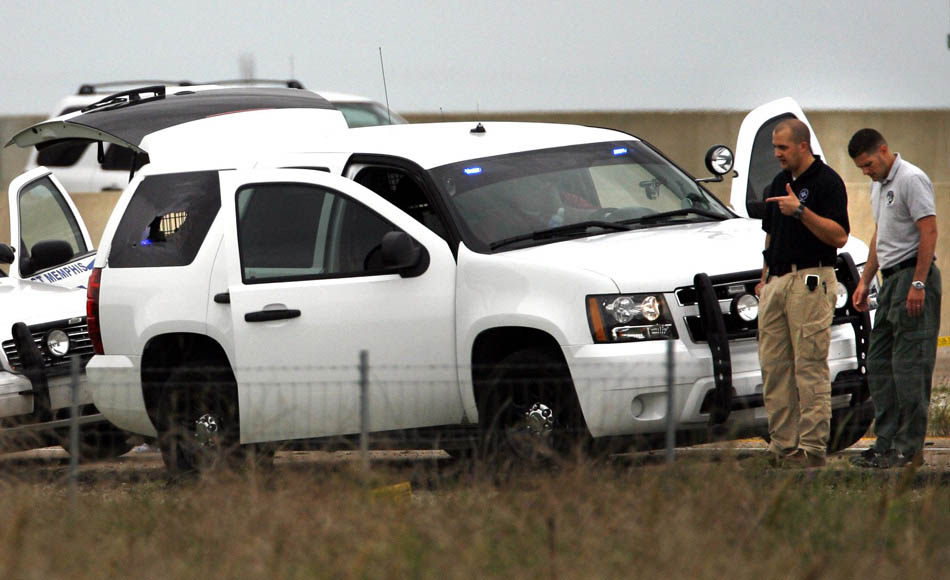
TID:
This photo was clearly provocative as dead are rarely shown in The Commercial Appeal. Reader comments showed fourteen approved of running the image and thirteen disapproved.
ALAN:
Normally you think a father would have some control over his son. That was puzzling to the West Memphis Police. Over years of being misguided, he became an unbridled killer. That’s what shocked people the most - that a 16 year-old was able to do this. This is why the photo was published.
TID:
What sort of things would you do again and what would you differently on an assignment with this much intensity?
ALAN:
There is not much else I could have done. In this case I did as well as I could have.
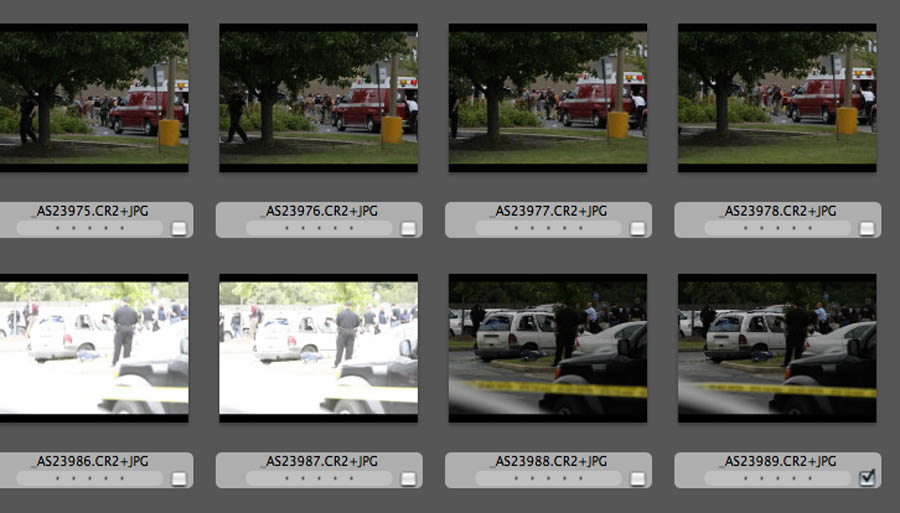
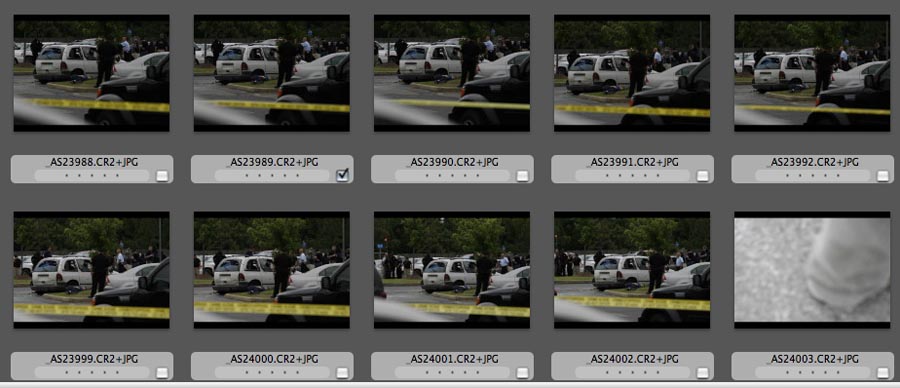
ALAN:
It’s not every day you happen across a dead person in a parking lot, or witness acts of violence of this magnitude. I have been a photographer for a long time and have worked in some difficult places. It does have a collective effect on you, however, and I do think it's important to process these events.
You need to have some kind of outlet. I’ve recently finished a movie script about things I have experienced. I have had post-traumatic stress episodes from covering the Haitian Earthquake and Hurricane Katrina where I have been in other environments and had flashbacks. I don’t know how you prepare for these things, or how you are supposed to process them, but it is something younger people should be aware of. Going down this path can launch you into situations you might not be prepared for, or understand the consequences of what you witness.
I think finding ways to process is important, whether it is to talk to someone about it, or write about it. Certainly there are others who have experienced or seen much worse than I have, and I would be curious to see how they deal with it.
TID:
What were the thoughts regarding running the photo and what impact did it have in the reporting of the story?
ALAN:
Initially we ran the photo without identifying the suspects in the paper and online, but then the family members and their friends began commenting on the photo on our website. This led to our reporters being able to indentify Jerry and Joe Kane as the suspects and begin reporting the series of stories that followed.
TID:
In conclusion, what advice would you have in covering situations like this?
ALAN:
These type of news situations have elements that are often similar, such as police officers or first responders who simply want to focus on their work. They don’t want to have to worry about journalists getting in their way or distracting them especially during life threatening moments.
I generally try to avoid having to come in contact with people that can tell me no. If you do come in contact with someone who has control over a scene, I would suggest that you be docile when necessary. Being calm and polite goes a long way towards granting you access. At the same time, if that doesn’t work you must find creative alternatives that enable you to cover the scene. Be rogue if needed, but always be mindful of the heightened emotions that surround these type of environments. Be respectful and careful.

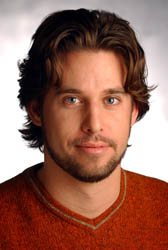
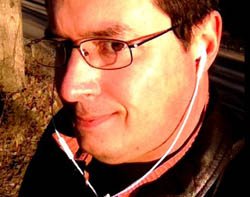
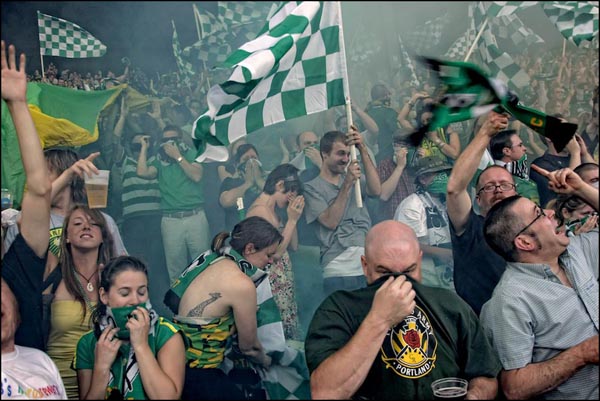
[email protected]